Staburo @ the R Winter Edition meetup event
Hosted by Roche, Staburo attended the Applied R Winter Edition meetup event to hear talks about the world largest R Shiny app and component-wise boosting in machine learning.
The world’s largest R Shiny app (bioWARP) was presented by Sebastian Wolf of Roche, showing the complexity and large-scale deployment of a truly impressive tool. The application enables employees at Roche Diagnostics to create validated reports for regulatory authorities’ submissions. bioWARP enables people using advanced statistical methods, who cannot program R. It builds a connection to the validated R-packages developed at Roche with an easy to use and elegant user interface. Its modular environment can host an unlimited number of such interfaces. One of its main feature is a module testing homogeneity of a production process by in-house developed equivalence tests.
bioWARP’s most important feature is the ability to move all statistical evaluations right into PDF reports. These are validated and can directly be used for submission to regulatory authorities. bioWARP is called the “largest shiny application in the world” by us as it already consists of 16 modules/tools, has over 100.000 lines of code, >500 buttons and interaction items and is growing and growing and growing.
The second talk of the event covered an interesting approach to building useful statistical models with machine learning techniques. Component-wise boosting applies the boosting framework to statistical models, e.g., general additive models using component-wise smoothing splines. Boosting these kinds of models maintains interpretability and enables unbiased model selection in high dimensional feature spaces.
The R package compboost is an implementation of component-wise boosting written in C++ to obtain high runtime performance and full memory control. The main idea is to provide a modular class system which can be extended without editing the source code.
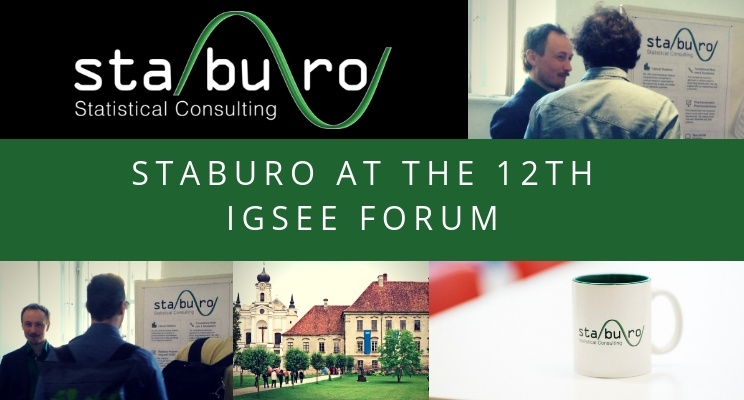

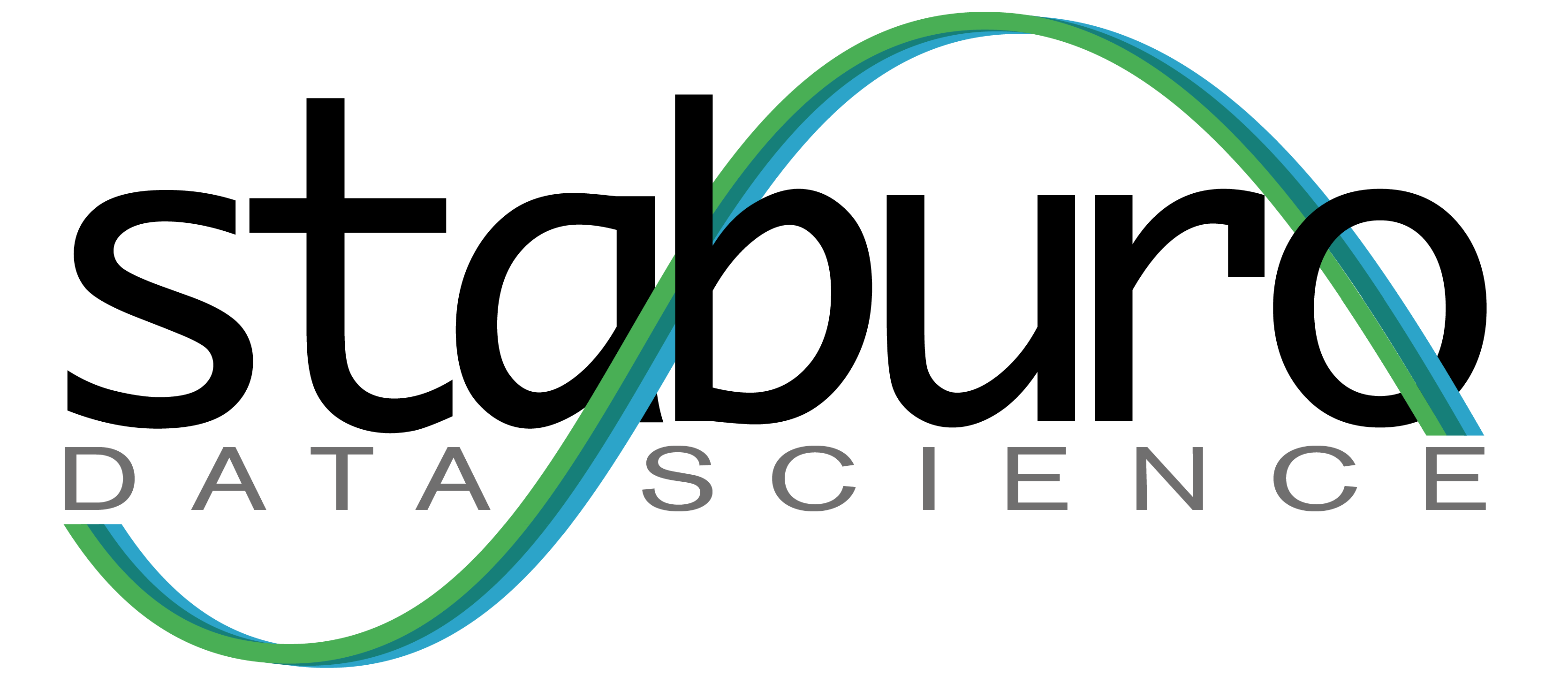
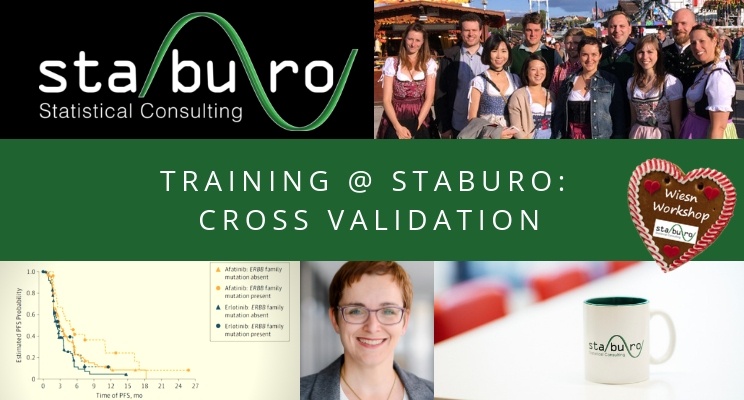
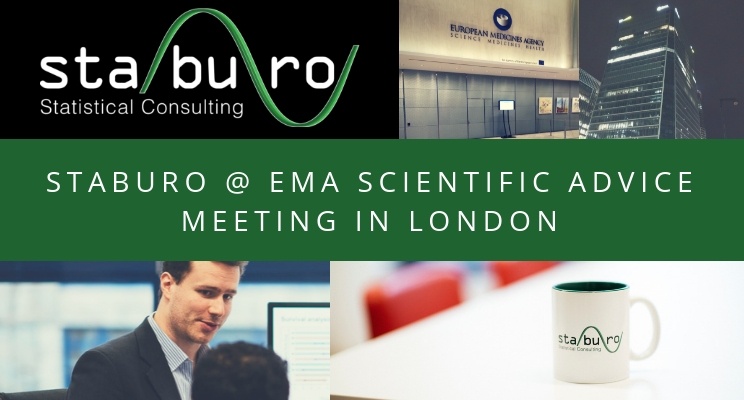
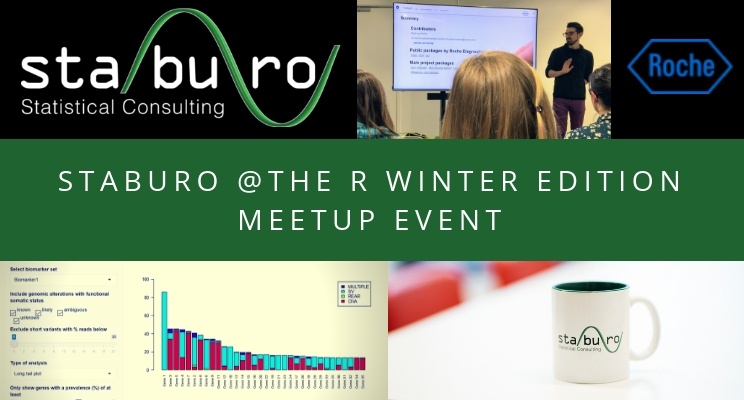
Recent Comments